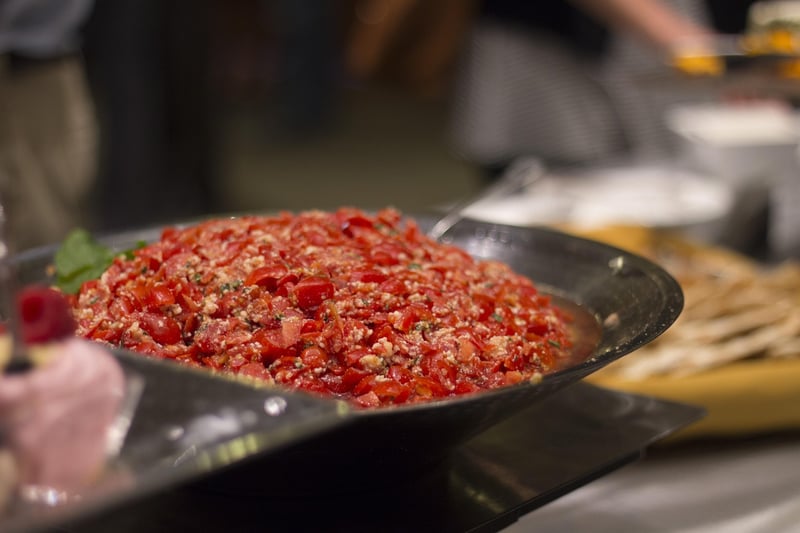Salsa
The Art of Expressive Movement in Salsa Dancing

Salsa dancing is not just about following steps; it's an art form that involves expressive movement, passion, and rhythm. In salsa, dancers use their bodies to convey emotions, tell stories, and connect with their partners and the music.
Expressive Movement in Salsa
Expressive movement in salsa involves more than just technical proficiency. It's about feeling the music, interpreting its rhythms, and expressing those feelings through your body. Whether it's a sensual Bachata or an energetic Mambo, each dance has its own unique style and character that dancers bring to life through their movements.
Connecting with Your Partner
One of the key elements of salsa dancing is the connection between partners. Through expressive movement, dancers communicate with each other, creating a dialogue that goes beyond words. Leading and following become a seamless exchange of energy, where partners move as one to the music's beat.
The Role of Passion
Passion is at the heart of salsa dancing. It's what drives dancers to express themselves fully, letting go of inhibitions and immersing themselves in the music. The intensity of the dance comes from the passion that dancers bring to each step, turn, and spin.
Bringing Stories to Life
Every salsa dance tells a story, and through expressive movement, dancers bring those stories to life. Whether it's a tale of love, heartbreak, or joy, dancers use their bodies to convey the emotions and narrative of the music. It's a powerful form of expression that captivates audiences and creates memorable performances.
Conclusion
Expressive movement is at the core of salsa dancing, elevating it from a series of steps to a captivating art form. Through passion, connection, and storytelling, dancers immerse themselves in the music, creating moments of magic on the dance floor.
So next time you hit the dance floor, remember to let go, feel the music, and express yourself through the art of salsa dancing!
Keep dancing, keep moving!
